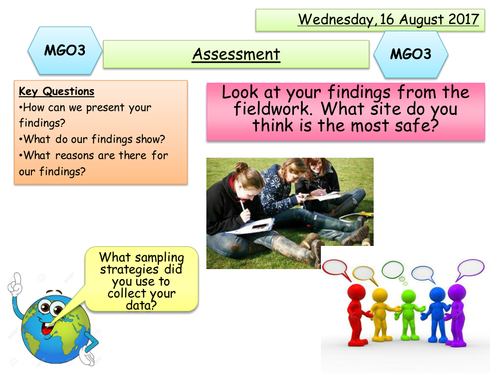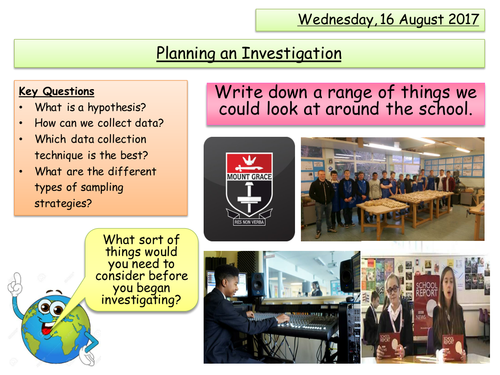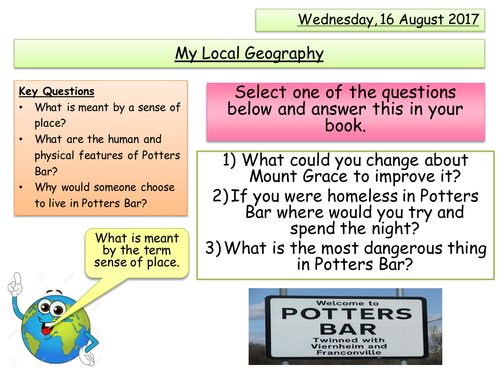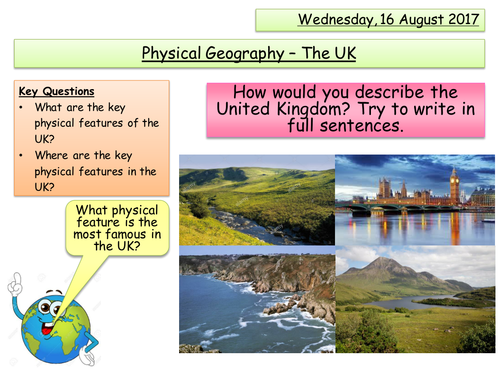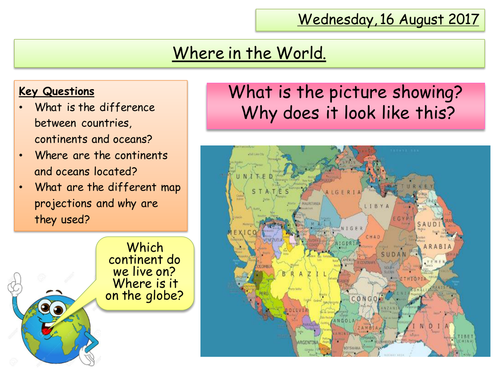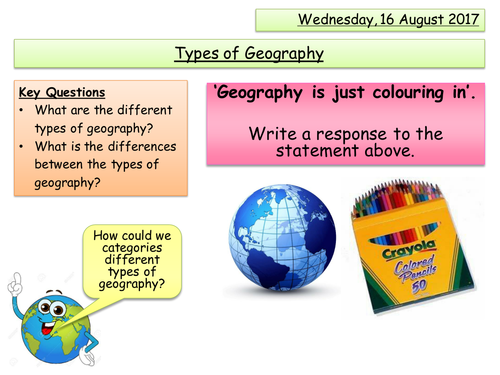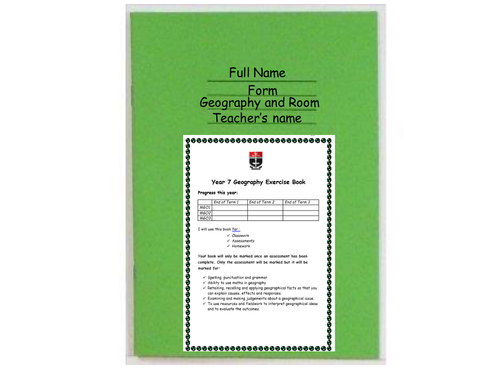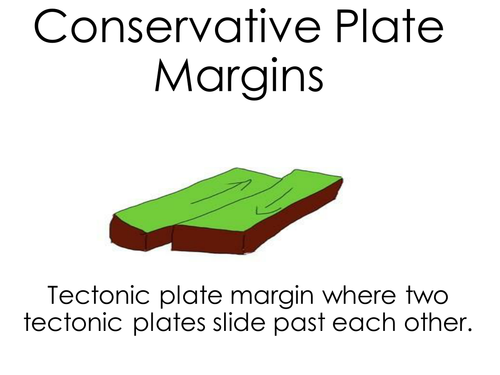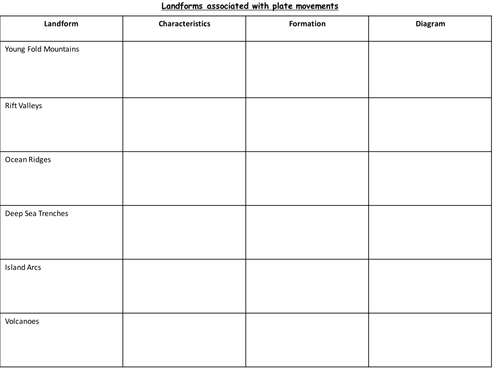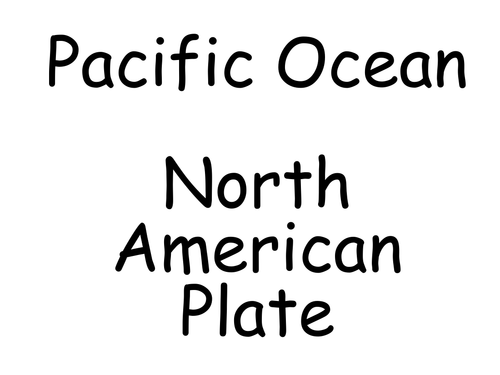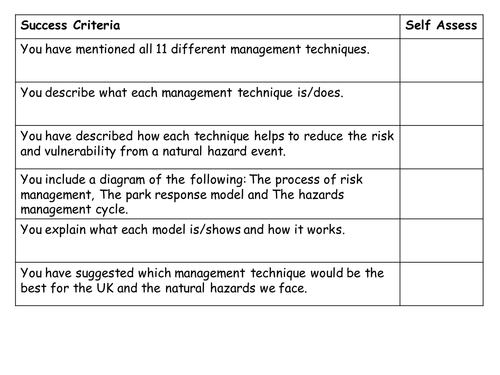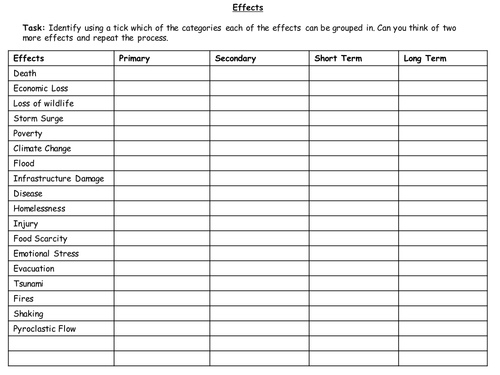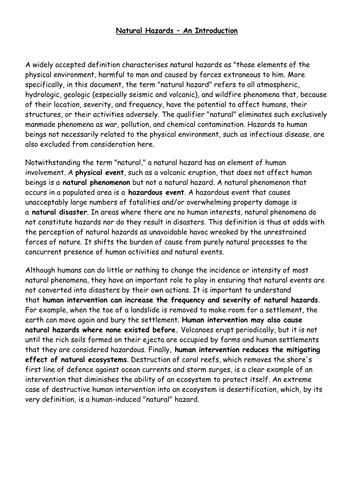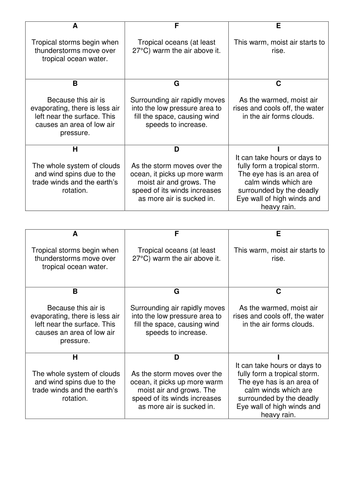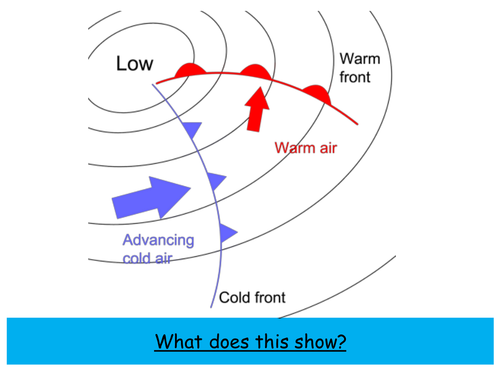
156Uploads
234k+Views
294k+Downloads
All resources

Planning an Investigation - Assessment Feedback
This lesson aims to get students to reflect on their assessment (titled planning an investigation - presentation, analysis and conclusion). It gets students to edit their work in an attempt to improve.

Planning an Investigation - Presentation, Analysis and Conclusion
This lesson aims to get students to think about how to present, analyse and draw conclusion from data they have collected in the field. This is the 2nd lesson and links to planning an investigation. It gets students to pick appropriate presentation methods, describe and explain their results and to draw conclusions of their investigation. By the end of the lesson students will be able to answer the following key questions:
How can we present your findings?
What do our findings show?
What reasons are there for our findings?

Planning an Investigation
This lesson aims to get students involved in the planning of their own investigation. This is aimed at year 7, completing their very first piece of fieldwork. The fieldwork is based around locating the most unsafe location within their school. It gets students examining different data collection methods, and the sampling strategies they will use. Although this lesson mentions a school, it is easily adaptable to mention your own individual school. By the end of the lesson students will be able to answer the following key questions:
What is a hypothesis?
How can we collect data?
Which data collection technique is the best?
What are the different types of sampling strategies?

Sense of Place
This lesson aims to get students thinking about the term sense of place, by looking at their local place. In this case Potters Bar. Although this lesson is based around Potters Bar, it can be easily adapted to fit your own individual place. By the end of the lesson students will be able to answer the following key questions:
What is meant by a sense of place?
What are the human and physical features of Potters Bar?
Why would someone choose to live in Potters Bar?

Geography in the news
This lesson aims to get students thinking about how geography is represented in the news, whilst also ensuring students understand the difference between social, economic and environmental. By the end of the lesson students will be able to answer the following key questions:
What does social, economic and environmental mean?
How does geography link to the news?
What types of geography are located in the news?

UK Human Geography
This lesson aims to get students to think and learn about the location of key cities/towns across the UK. In addition to this it also ensures students have a clear understanding of the differences between: Great Britain, The United Kingdom and The British Isles.

UK Physical Geography
This lesson aims to get students use to the location of the different mountain regions and the main Rivers located across the UK. This is used mostly for year 7's but can also be adapted to use with the new AQA GCSE Physical Landscapes Topic.

Atlas Challenge
This lesson aims to get students use to using an atlas and being able to identify countries, towns, cities and oceans using the index of an Atlas. In addition to this it teaches students how to write an accurate geographical description. By the end of the lesson students will be able to answer the following key questions:
How do we use an atlas to find places?
How do we write a geographical description?

Where in the World (Continents and Oceans)
This lesson aims to get students to gain a better understanding of the continents and oceans and their location in the world. In addition to this it gets student to think about the way in which a 2D map is created and therefore the representation of continents/countries on a map. By the end of the lesson students will be able to answer the following key questions:
What is the difference between countries, continents and oceans?
Where are the continents and oceans located?
What are the different map projections and why are they used?

Types of Geography
This lesson aims to show students the 3 different types of geography: physical, human and environmental. Students will be able to answer the following key questions by the end of the lesson:
What are the different types of geography?
What is the differences between the types of geography?
NOTE - I do not own the rights to the video.

Welcome to Geography
An introduction to Geography for year 7's. This lesson will allow students to answer the following key questions:
What is considered to be geography?
Why is geography important?

AQA Geography GCSE Key terms
Attached is a poster for every key term identified in the new AQA GCSE Geography specification.

Magma Plumes
This lessons is from the new AQA A Level specification on Hazards. This lesson looks at why the movement of magma is not simple, what is the theory behind magma plumes and who J T Wilson is.

Plate margins and landforms
This lessons is from the new AQA A Level specification on Hazards. This lesson looks at the characteristics and origin of the earth's crust, the difference between plate margins and the formation of different landforms along these margins.

Plate tectonics
This lessons is from the new AQA A Level specification on Hazards. This lesson looks at the early theories of plate movement, the internal structure and characteristics of the earth, and the distribution of the major tectonic plates and boundaries.

Hazard Management
This lessons is from the new AQA A Level specification on Hazards. This lesson looks at students understanding of key terms, the different models that are used to manage natural hazards, in addition to what is meant by each of the management strategies.

Risk, Vulnerability and Responses to Natural Hazards
This lessons is from the new AQA A Level specification on Hazards. It looks at students understanding of key terms, the different factors influencing perception of natural hazards and how this affects peoples responses. It also looks at the different type of impacts experienced by those hazards.

Hazard Concept
This is the introduction lesson for the Hazards unit from the new AQA A Level specification. It looks at students understanding of key terms, the 3 different types of natural hazards and the characteristics of these hazards.

Depression
This lesson looks at what a depression is and how they occur, in addition to the different types of weather that are associated with it.


